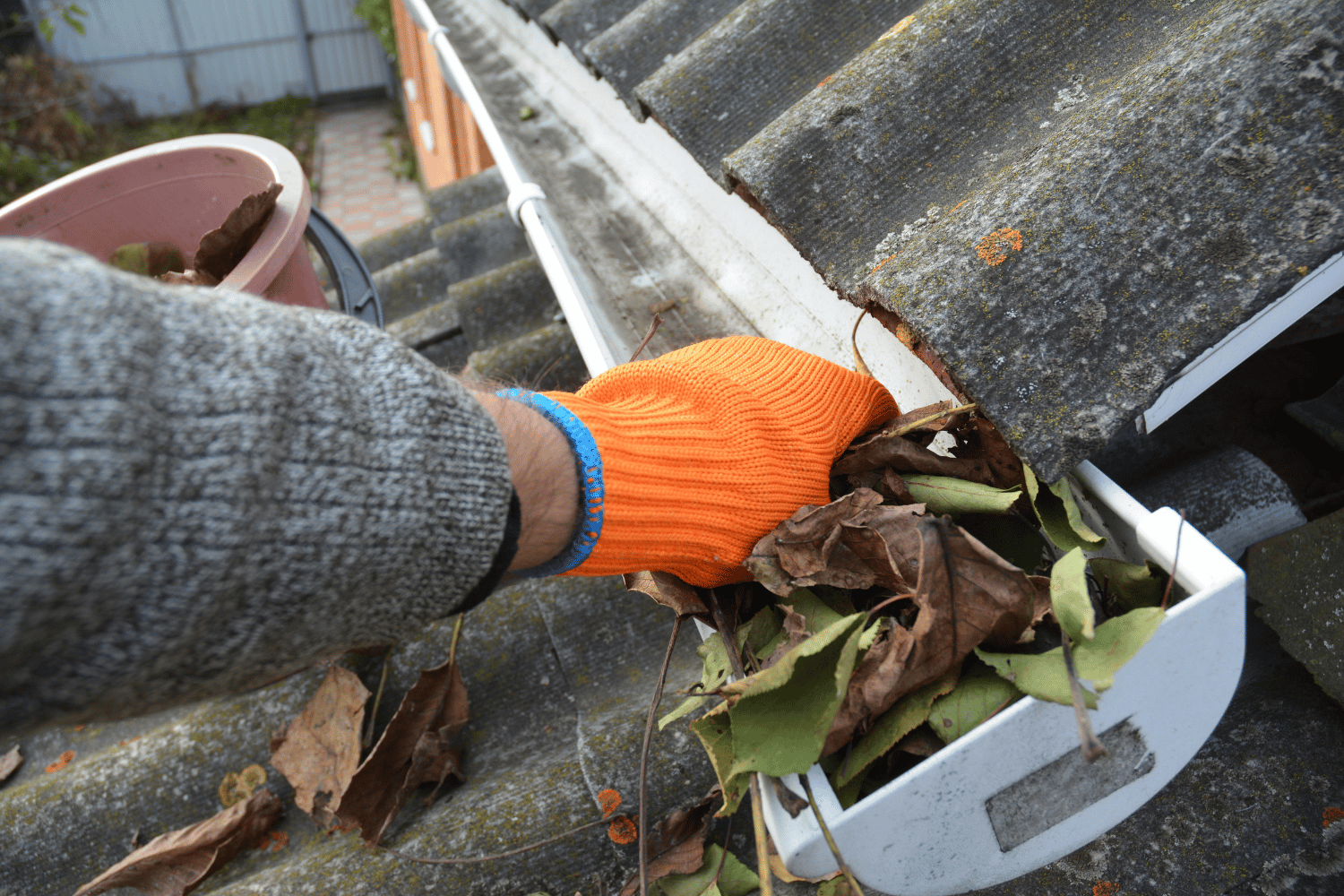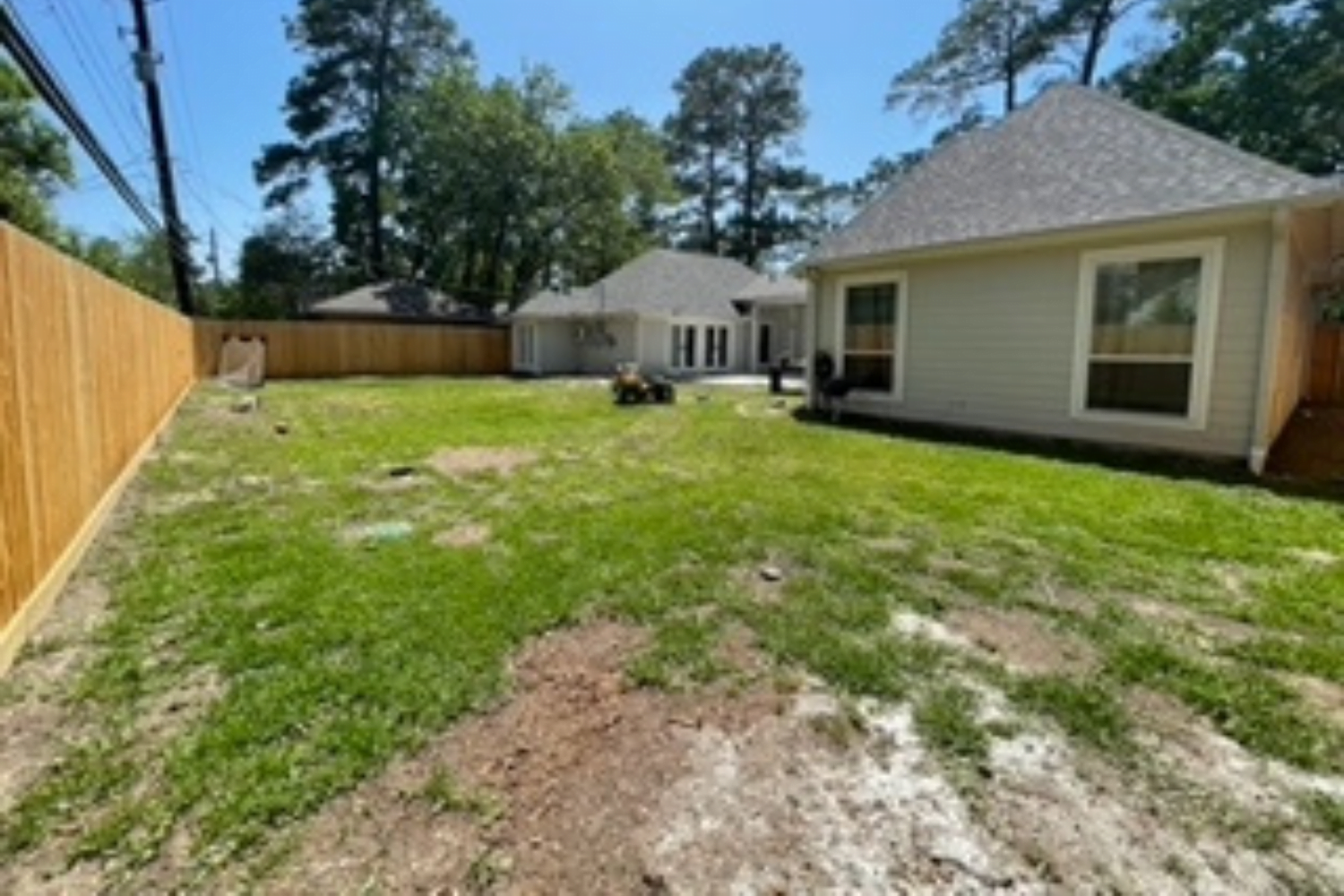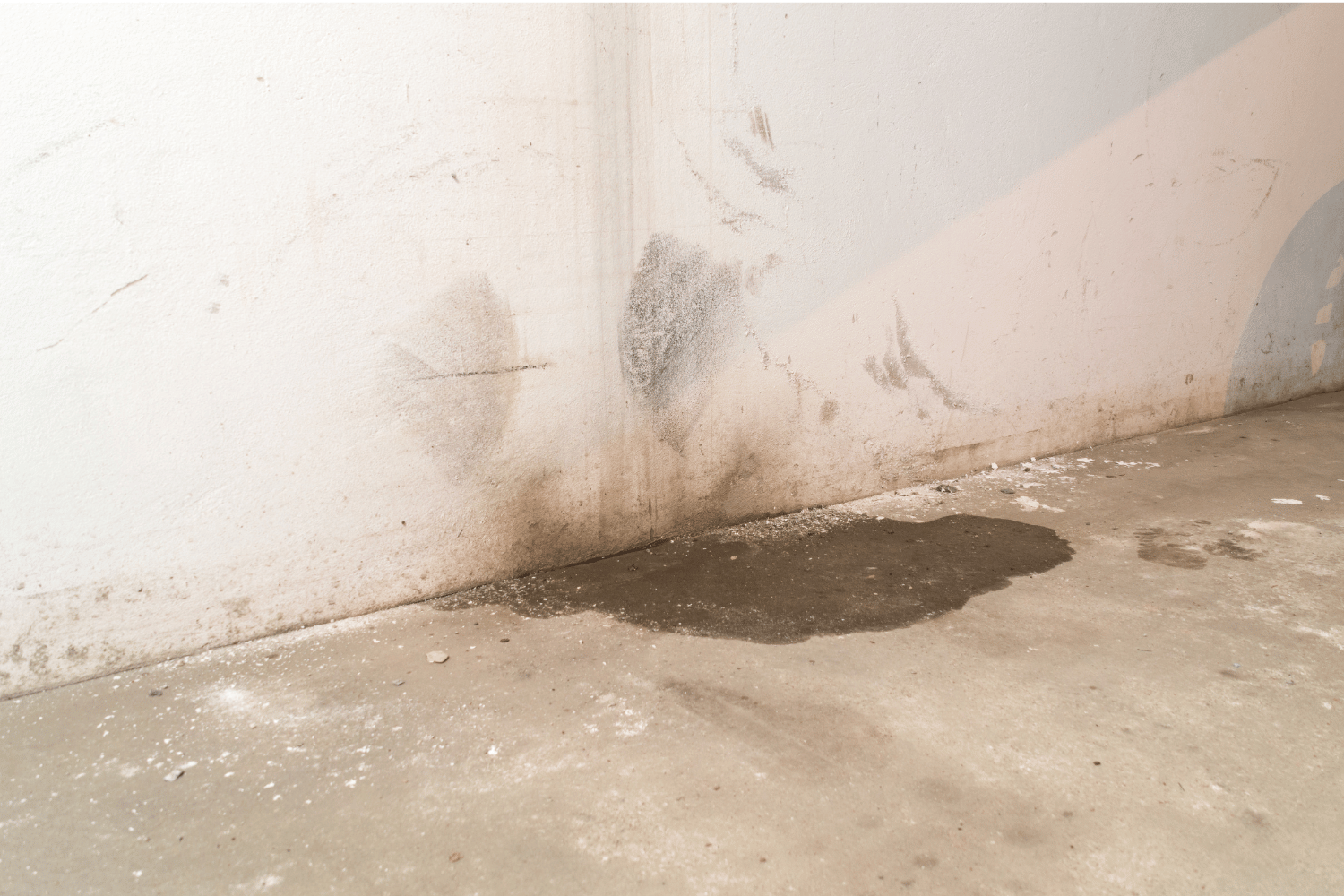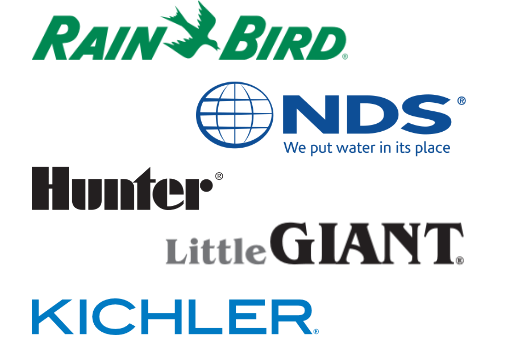Solve Yard Drainage Issues
A backyard should be a place of relaxation, not a site for yard drainage issues. Have you considered that drainage issues takes away from your enjoying your outdoor sanctuary? This page is an essential guide that aims to help homeowners tackle and identify this common problem. The guide offers insightful solutions, practical techniques, and DIY projects to resolve standing water issues, transforming your backyard into a comfortable, usable space, regardless of the season.

Common Yard Drainage Issues: Identification and Solutions
Landscaping is more than just an aesthetic endeavor; it involves proper planning and management of your land to ensure it’s both attractive and functional. One key aspect of this is quality landscape drainage. A properly designed landscape drainage system plays a critical role in maintaining the health of your lawn and garden, and it also helps protect your home from potential water damage. Unfortunately, it’s not uncommon for homeowners to encounter drainage issues. This article aims to educate you about some common landscape drainage issues and how they can be resolved.

Standing Water
Your Content Goes Here
One of the most noticeable drainage issues is standing water, which often appears after a heavy rain or watering. This can be caused by compacted soil, improper grading, or even a lack of drainage systems in your landscape. Standing water can lead to a multitude of problems such as damaging your plants, creating a breeding ground for mosquitoes, or even leading to soil erosion.
Solution: Addressing standing water can be done through various methods such as installing a catch basin or a French drain, adding soil to improve grading, or aerating your lawn to decrease soil compaction.

Downspout & Gutter Overflow
Your Content Goes Here
If your gutters or downspouts are overflowing even when they are clean, it’s a clear sign of a drainage issue. This overflow can cause water to pool near your home’s foundation, potentially causing serious structural damage over time
Solution: You may need to add additional downspouts or redirect the existing ones further away from the house. If this doesn’t work, you might consider installing a dry well or a rain garden to handle the overflow.

Soggy Lawn or Garden
Your Content Goes Here
If your lawn or garden is consistently soggy or marshy, it could indicate that your soil isn’t draining properly. This could be due to compacted soil, clay soil, or a high water table.
Solution: Aerating your lawn can help to alleviate soil compaction, allowing water to penetrate more deeply. For clay soils, you may consider amending with compost or sand to improve the soil structure and drainage. If the problem is due to a high water table, a subsurface drainage system may be necessary.

Water Seepage in Basement
Your Content Goes Here
Water seeping into your basement is a serious sign of drainage problems, potentially leading to mold growth and structural damage. This can be due to improperly directed downspouts, a high water table, or the slope of your yard directing water towards your home.
Solution: Depending on the cause, you may need to redirect your downspouts, install a sump pump, or even regrade your landscape to direct water away from your home.
*Remember, these are just a few common landscape drainage issues. Each landscape is unique and may require personalized solutions. If you’re unsure about how to address your drainage issue, consider consulting with a professional landscape drainage contractor. They can provide expert guidance tailored to your specific situation. Proper drainage is crucial for maintaining a healthy, attractive landscape, and a little effort can go a long way.
Common Solutions for Bad Drainage
Bad drainage and pooling water in your yard can cause numerous issues, such as damage to your home’s foundation or ruining your landscaping. Here are common solutions to these problems:
- Regrading the Lawn: If your yard is flat or the slope is directing water towards your home, you may need to regrade the lawn to encourage water to flow away from your home.
- Installation of French Drains: French drains are trenches filled with gravel and a pipe that redirects water away from your property. They can be very effective for areas with poor drainage.
- Catch Basins and Downspout Extensions: These systems collect rainwater from your downspouts and channel it away from your house.
- Permeable Pavement or Pavers: These materials can be used in areas like patios or walkways to allow water to seep through, rather than running off.
- Professional Landscape Drainage System Installation: In some cases, it might be best to hire professionals to assess your situation and install an appropriate drainage system. This could include installing drain tiles, which are a more extensive solution similar to French drains, but often require professional expertise to install.

